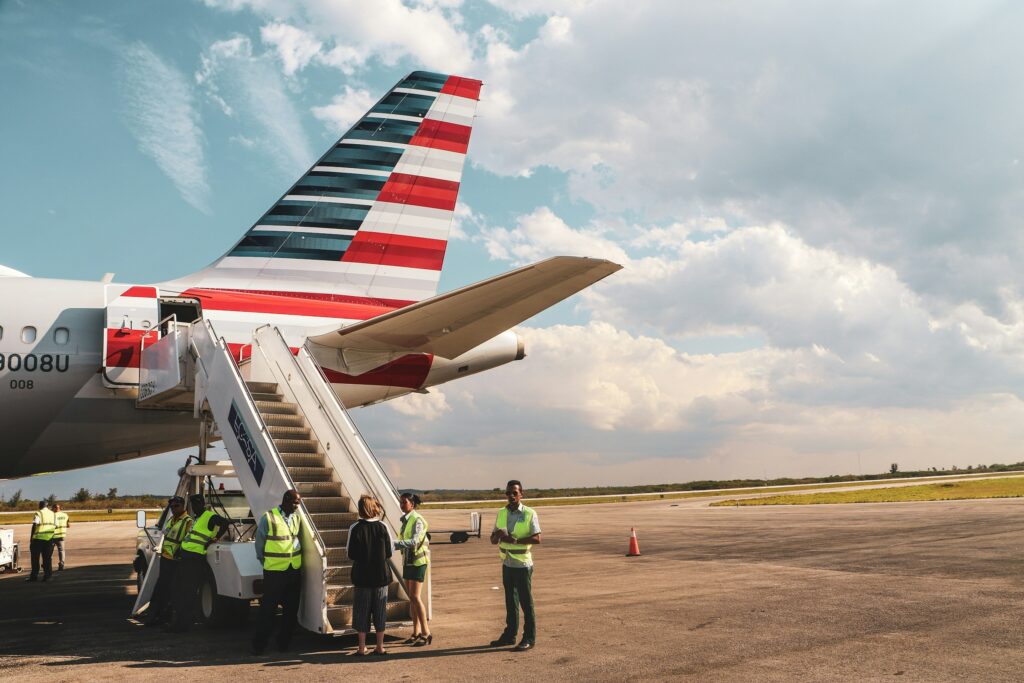
Why Cuban Residents Want to Move Abroad
Cuba is a nation steeped in rich history, vibrant culture and a resilient spirit. It’s a country that has long captured the fascination of people from all over the world. Over the decades, the people of Cuba have faced severe challenges, which has been mirrored in a trend to emigration.
Cuban people are setting their sights beyond the shores of their homeland, seeking opportunities, freedom, and a better quality of life abroad. But what is motivating them to leave? In this blog, we explore the leading reasons why Cuban people want to move abroad, and how the economic and political situation in Cuba is contributing to this.
What is causing Cuban residents to want to move abroad?
Data from Statista shows why Cubans want to move abroad:
| Motivation for moving abroad | Percentage |
| No future in the country | 42.1% |
| Economic crisis | 25.6% |
| Does not wish to emigrate | 8.5% |
| Lack of freedom | 6.3% |
| Lack of food | 5% |
| Lack of medicine | 4.6% |
| Lack of job opportunities | 3.8% |
| Political persecution | 2.6% |
| Insecurity and violence | 1.6% |
It’s interesting to see that out of 1,776 respondents, only 8.5% had no desire to emigrate at all. The vast majority of people cited seeing no future in the country as their prime motivation to move abroad, and 25.6% put the economic crisis as the leading motivation. These two reasons may well be linked.
The economic situation in Cuba
The economy of Cuba has struggled for years. The economy contracted in 2023, and whilst it’s forecast to recover in the coming years, this will be gradual, and people may still feel the effects of the shrinkage. It’s estimated that the economy was 10% smaller in 2023 than in 2019, and the expansion in 2024 will be just 2%.
Cuba relies on imports for its food, fuel, and many other goods. The government has noted that sanctions put in place by Donald Trump’s USA presidency, alongside challenges from the COVID-19 pandemic all heavily impacted their ability to import and export goods. This could also correlate with the lack of food and medicine that 5% and 4.6% of respondents cited as their motivations to move abroad.
The poor economic conditions will have undoubtedly impacted the Cuban people. It’s difficult to get exact statistics on the Cuban unemployment rate, but it’s been reported that 53% of people in Cuba aged between 15 and 35 do not study or work, so would be officially unemployed. It’s also been reported that 88% of Cubans live in extreme poverty, 13% more than in 2022.
Where do Cubans emigrate to?
Recent figures show that in 2020, 1,757,300 Cubans emigrated. 1.3 million of these went to the United States. 162,368 went to Spain, and the rest went to countries including Italy, Chile, Canada, Germany, Brazil and Mexico.
It’s been estimated that between 3.5% to 4% of the total population of Cuba migrated between 2022 and 2023. Nearly 425,000 Cuban migrants went to the USA and 36,000 submitted asylum applications in Mexico. In fact, Cuba was the fifth-largest source country of migrants to the US last year and made up a total of 8% of the total immigration in the US in the previous year.
Many Cuban people travel to the US via Central America. In recent years, Nicaragua removed its entry visa requirements for Cuban citizens, making travel through the country easier, although not without challenges. The journey costs travellers between $8,000 and $10,000 each, and has resulted in fatalities.
Often, Cuban residents will be apprehended at the US-Mexican border – in 2022, around 220,000 Cuban people were stopped at the border, nearly six times higher than the previous year. Around 98% of these people were able to be processed in the US under regular immigration law and were able to obtain work permits to work in the country.
A brief history of Cuban emigration
Cuba has a long history of mass emigration. The ‘Cuban exodus’ refers to the mass emigration of Cuban people following the Cuban revolution of 1959. Emigration occurred in waves between 1960 and the early 1990s and included people of diverse social positions.
Before 1959, around 50,000 Cuban Americans already lived in the US. After the revolution, around 200,000 Cuban people moved to Florida. It’s reported that many of these people were upper and middle class and would have been associated with the previous regime.
Following waves consisted of people of differing social backgrounds and political opinion, but mainly they were people who opposed how Fidel Castro, the Cuban leader, was becoming more authoritarian. There was also a period, known as Operation Peter Pan, where around 14,000 Cuban children were sent to the US. This was amongst concerns there would be a policy put in place by the Cuban government to remove parent’s custody of the children so they could indoctrinate them.
In the decades that followed, there were numerous waves of Cubans seeking refuge in the US. Often this was by dangerous means, such as by unsafe rafts known as balseros, demonstrating the desperation of the Cuban people to leave the country. Whilst some US governments have attempted to create safer routes for Cuban emigrants, there have also been instances when Cuban/US relationships have been strained. This has made it difficult for Cuban people to obtain safe means to find refuge in a safe country, and has seen policies put in place and reversed depending on which political party is in power.
